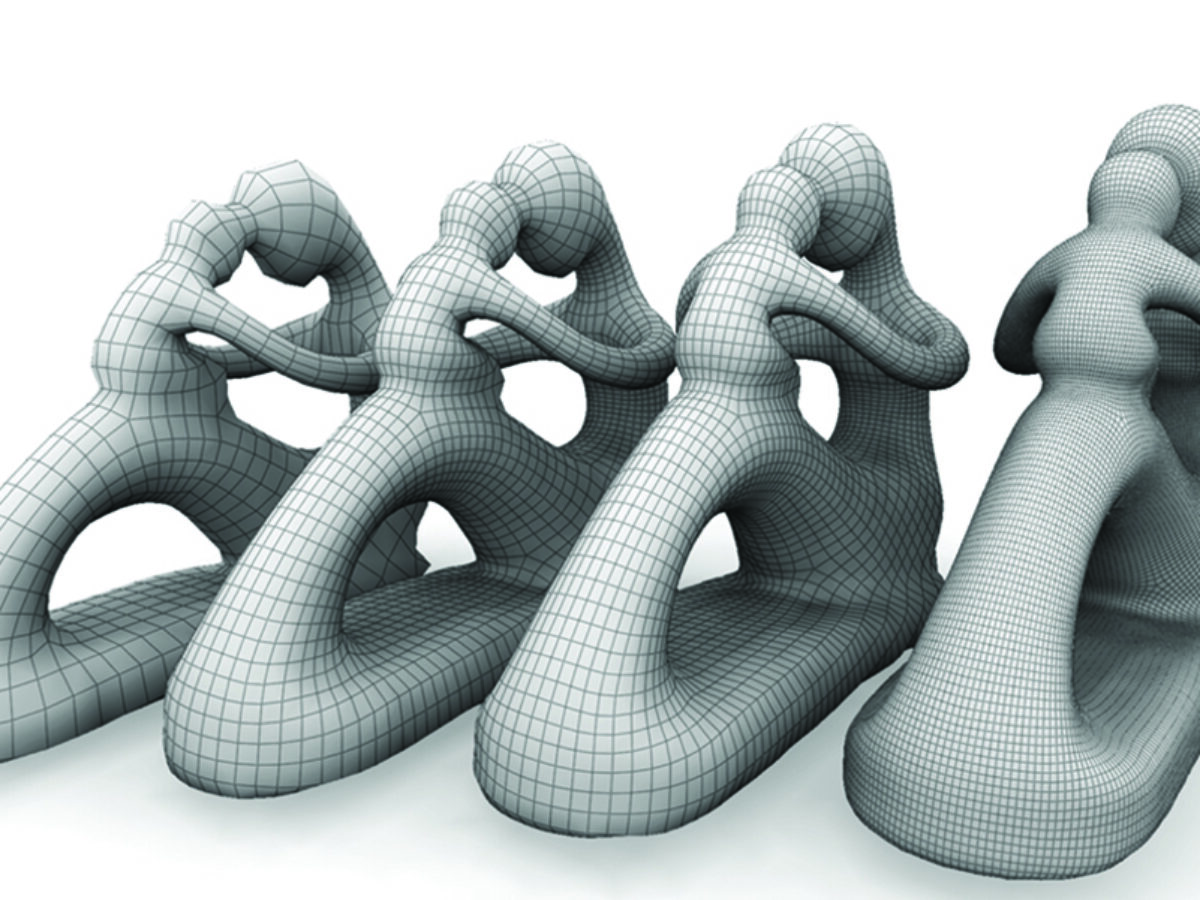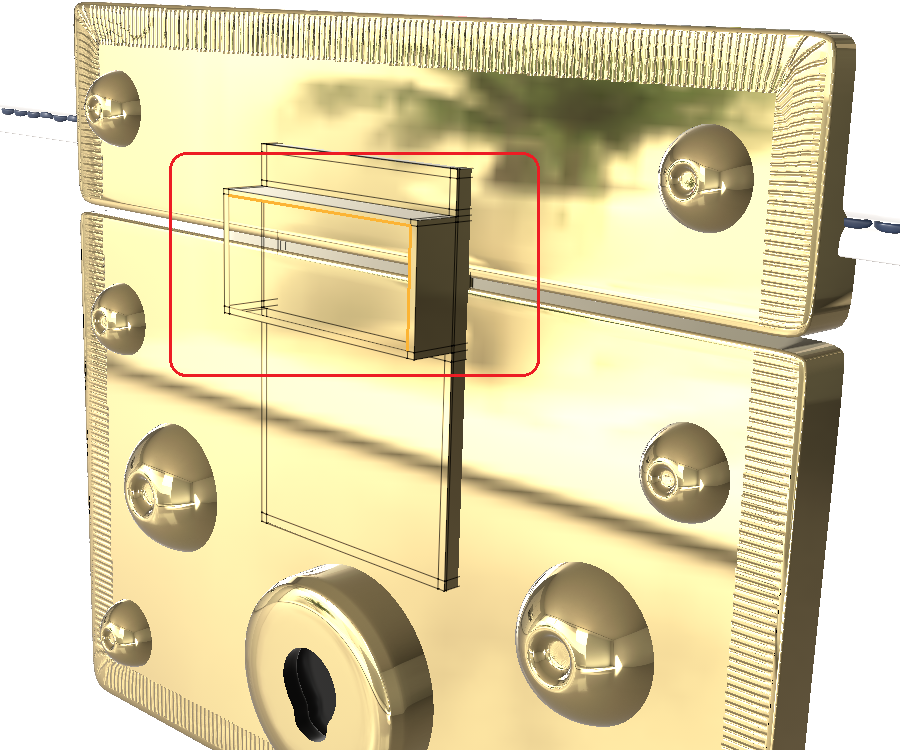
The weighted areas guide the removal of their corresponding vertices to simplify the line while retaining as much character as possible. Those triangles are then weighted by a set of metrics to compare the flatness, skewness, and convexity of each area. The Retain weighted effective areas (Zhou-Jones) algorithm ( algorithm='WEIGHTED_AREA' in Python) works by first identifying triangles of effective area for each vertex. Retain weighted effective areas (Zhou-Jones) This option is based on the algorithm defined by Wang and Müller (1998). The resulting line follows the main shape of the original line more faithfully and shows better cartographic quality than from Retain critical points (Douglas-Peucker). The simplification takes place iteratively such that the smaller bends may disappear in the early rounds and, therefore, form bigger bends.

These measures determine whether a bend is kept or eliminated, meaning replacing the bend by its baseline (the line connecting the endpoints of the bend). Several geometrical properties of each bend are compared with those of a reference half circle, the diameter of which equals the specified simplification tolerance.
BEST FREE POLYGON REDUCTION TOOL SERIES
A linear feature can be seen as composed by a series of bends (Wang, 1996), each defined as having the same sign (positive or negative) for the inflection angles at its consecutive vertices.

The Retain critical bends (Wang-Müller) ( algorithm='BEND_SIMPLIFY' in Python) algorithm applies shape recognition techniques that detect bends, analyze their characteristics, and eliminate insignificant ones. Use Retain critical points (Douglas-Peucker) for relatively small amounts of data reduction or compression and when you don't need high cartographic quality.

Retain critical points (Douglas-Peucker) is efficient for data compression and for eliminating redundant details however, the line that results may contain unpleasant sharp angles and spikes that reduce the cartographic quality of the line. This option is based on the algorithm defined by Douglas and Peucker (1973). The remaining vertices are measured against these lines, and the process continues until all vertices within the tolerance are eliminated. The line is then divided by the vertex farthest from the trend line, which makes two new trend lines. Vertices closer to the line than the tolerance are eliminated. The distance of each vertex to the trend line is measured perpendicularly. The algorithm begins by connecting the endpoints of a line with a trend line. It keeps critical points that depict the essential shape of a line and removes all other points. The Retain critical points (Douglas-Peucker) ( algorithm='POINT_REMOVE' in Python) option provides fast, simple line simplification algorithm. There are different simplification algorithms, which will generate slightly different results. The tools operate by identifying and removing relatively insignificant vertices to reduce feature complexity while retaining inherent character and shape. Simplify lines and polygons to reduce feature complexity for display at smaller scales. There are plenty of tools that model spatial influences better than a buffer so we should be careful to teach them from the start.The Simplify Line, Simplify Polygon, and Simplify Shared Edges tools Just because it looks pretty is not a good reason to use it as an exercise. It should be removed from the top of all introductory texts as the essential spatial tool. I tell my students ‘Never Use a Buffer” because it is certain to be wrong or at the very best inappropriate. Pollution seeps through the ground depending of the soil and groundwater flows. The river surface has a slope not modelled with a buffer. Floods follow contours and have surges, not a fixed distance from a centreline or low flow bank. So the fallout around Chernobyl is a plume with a bias downwind, not a perfect circle.

It is often used completely inappropriately as you have for Chernobyl.Īll natural buffers are irregular and dependent on other environmental factors. I think your description of Buffer is far too simple and should not be promoted as the first essential tool.


 0 kommentar(er)
0 kommentar(er)
